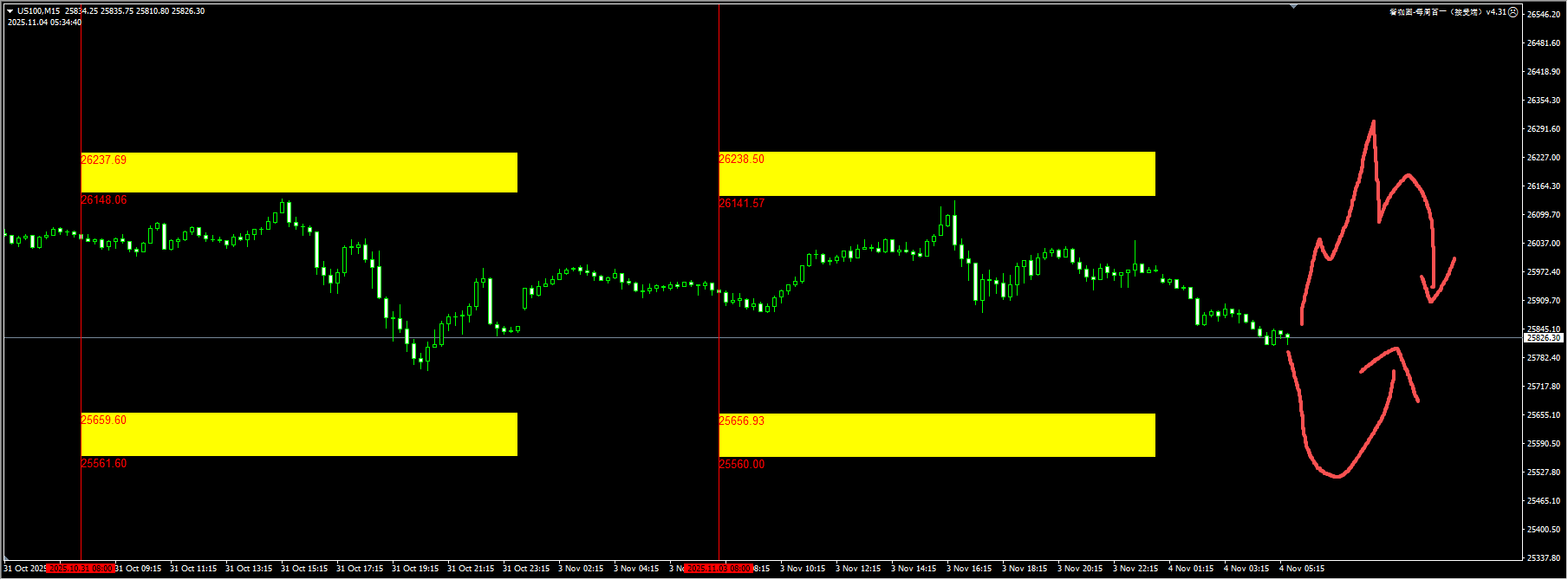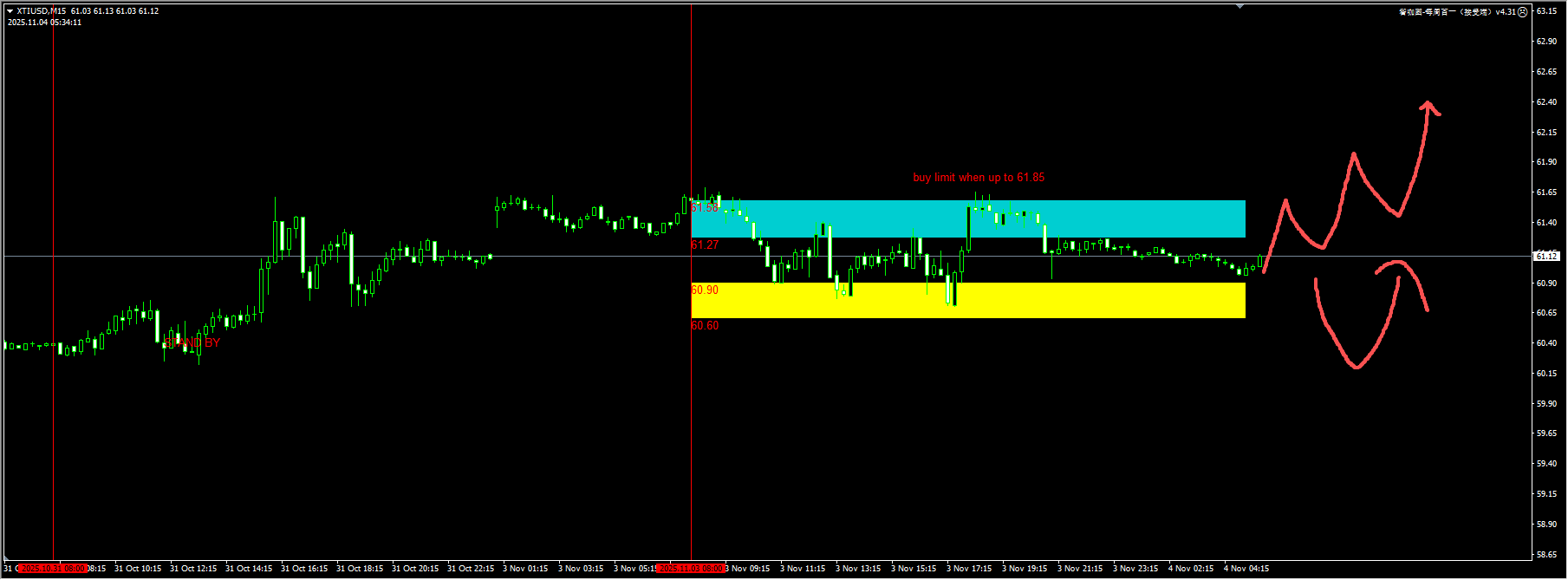Goldman Sachs and Bank of America believe that the direct risk of Japan’s currency intervention is small, saying that even if the yen approaches the closely watched 155 yen to the dollar level, the usual trigger factors “have not yet been reached”.
In a report on Monday, Goldman Sachs strategist Karen Reichgott Fishman wrote that the yen “does not seem to be particularly weak.” She said that the recent poor performance of the yen was mainly due to the repricing of Japan’s fiscal risk premium and expectations of the Bank of Japan’s interest rate in the near future.
Shuusuke Yamada of Bank of America also expressed a similar view, saying that a USD/JPY rate above 155 “is unlikely to trigger immediate intervention unless there is excessive volatility or an accumulation of speculative positions.”
The yen fell by about 4% against the US dollar in October, making it the worst-performing currency among the G10. This sell-off was triggered by the market’s digestion of remarks by Prime Minister Kishida Fumio, which were seen as favoring fiscal expansion and dovish monetary policy. Last week, the Bank of Japan kept interest rates unchanged, and Governor Haruhiko Kuroda did not provide clear guidance on future rate hikes, merely stating that the central bank would not lag behind the market. This move further weakened the yen. On Tuesday, Kishida Fumio said she planned to increase taxes without raising tax rates, causing the yen to fall further to 154.48 yen per US dollar.
The depreciation of the currency has triggered verbal intervention from officials. Finance Minister Masaharu Katayama said on Friday that the authorities are attaching great importance to and closely monitoring the currency trend, including speculative behavior.
Goldman Sachs estimates that the Treasury has about $270 billion in available intervention funds before selling long-term securities, enabling it to conduct interventions of a similar scale to the most recent ones in 2022 and 2024. Goldman Sachs said that the risk of intervention would increase when the USD/JPY exchange rate reached the 161-162 level.
Mitsuru Yada, an analyst at Bank of America, wrote in a report that the dollar/yen “could test the 158 level before triggering a meaningful policy response” if there is no significant increase in speculative positions or volatility. He maintained his year-end forecast of 155 and added that “the risk of a break above 160 in the fourth quarter of 2025 has risen.”
Looking ahead, Goldman Sachs expects the yen to gradually appreciate as hedging costs decline and the dollar weakens. This trend could accelerate if US labor market data deteriorates. However, if Japan introduces fiscal stimulus measures that exceed expectations – especially if these measures are seen as constraining the Bank of Japan’s ability to tighten monetary policy – or if the US economy performs exceptionally well again, it could undermine Goldman Sachs’ view.
Technical analysis:
The WeChat functions may be restricted from time to time. If you want to experience the plugin, please leave your contact information when adding a friend so that we can add you back easily!!!
Gold: After breaking above 4026, it once again retraced to the support level of 3960/80 to seek confirmation. Considering that the price has not been able to hold above 4020/40, we continue to maintain the strategy of buying on a retracement confirmation after a breakout. Meanwhile, we add an additional buy setting at the 3970/60 area after scanning for liquidity. For detailed positions, please consult the plugin.

(Gold 15-minute chart)
The plugin is updated from 12:00 to 13:00 every trading day. If you want to experience the same plugin as shown in the chart, please contact V: Hana-fgfg and leave your contact information for us to get back to you.
The Nasdaq: The easing of TACO trading and the possible progress in Sino-US trade negotiations have continued to push the Nasdaq to new highs. The two yellow zones we provided in the plugin last Friday for up and down sweeps have not been triggered yet. Today, we will focus on the pullback opportunities after the price sweeps up and down with high liquidity. For detailed positions, please consult the plugin.

(NASDAQ 15-minute chart)
The plugin is updated from 12:00 to 13:00 every trading day. If you want to experience the same plugin as shown in the chart, please contact V: Hana-fgfg and leave your contact information in the message for us to get back to you.
Crude oil: Positive news emerged from the OPEC meeting. The increase in production is less than expected, and production will be suspended in the first quarter of next year. Focus on bullish signals within the day. Blue indicates a buy after a breakout and pullback, while yellow indicates a buy after sweeping the liquidity below. For detailed positions, please consult the plugin.

(Crude Oil 15-Minute Chart)
The plugin is updated from 12:00 to 13:00 every trading day. If you want to experience the same plugin as shown in the picture, please contact V: Hana-fgfg and leave your contact information in the message for us to reply.
